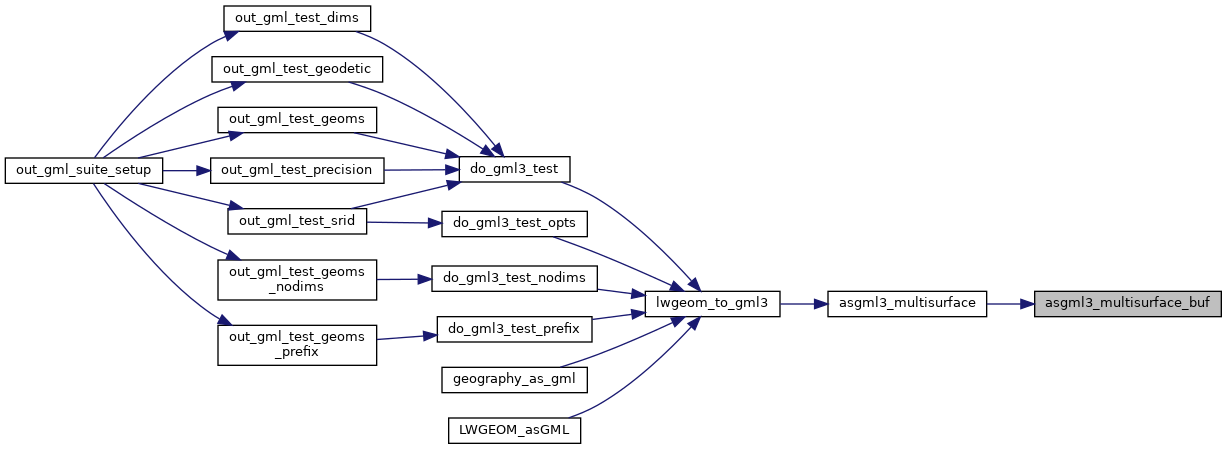◆ asgml3_multisurface_buf()
|
static |
Definition at line 1842 of file lwout_gml.c.
1868 ptr += asgml3_curvepoly_buf( (LWCURVEPOLY*)sur->geoms[i], srs, ptr, precision, opts, prefix, id );
static size_t asgml3_curvepoly_buf(const LWCURVEPOLY *poly, const char *srs, char *output, int precision, int opts, const char *prefix, const char *id)
Definition: lwout_gml.c:1238
static size_t asgml3_poly_buf(const LWPOLY *poly, const char *srs, char *output, int precision, int opts, int is_patch, const char *prefix, const char *id)
Definition: lwout_gml.c:1014
Definition: liblwgeom.h:587
Definition: liblwgeom.h:443
Definition: liblwgeom.h:503
References asgml3_curvepoly_buf(), asgml3_poly_buf(), CURVEPOLYTYPE, LWMSURFACE::geoms, LWMSURFACE::ngeoms, ovdump::opts, POLYGONTYPE, precision, and LWGEOM::type.
Referenced by asgml3_multisurface().
Here is the call graph for this function:

Here is the caller graph for this function:
